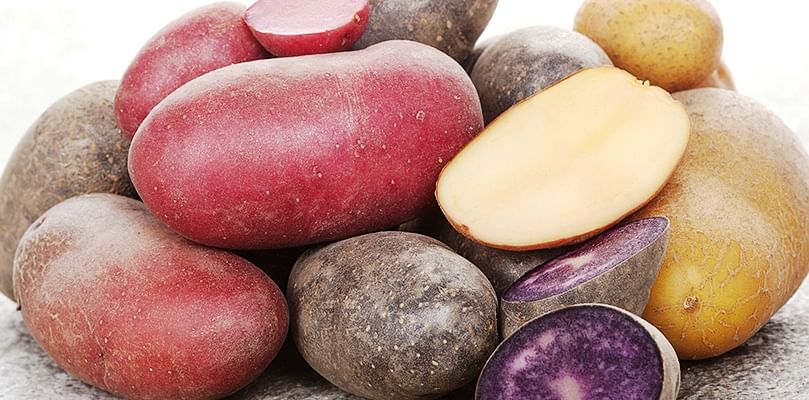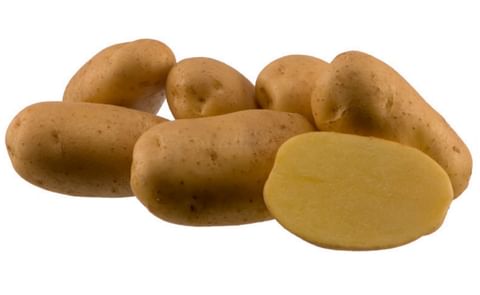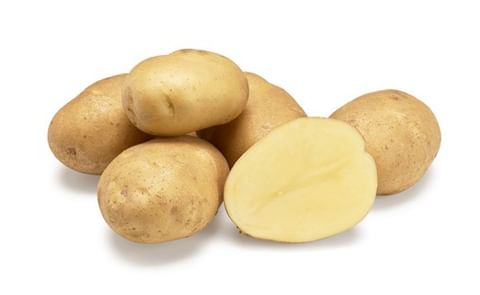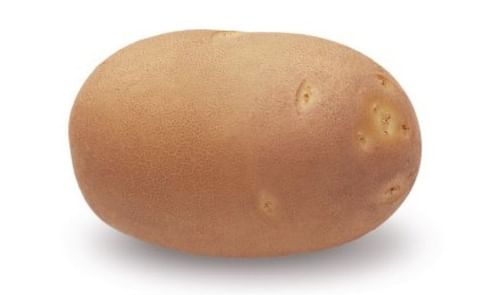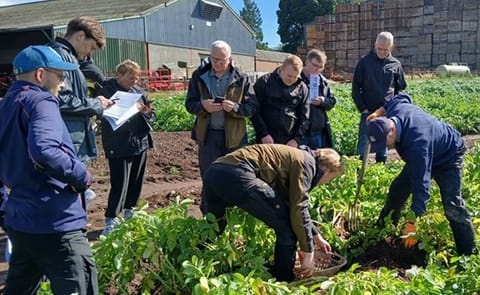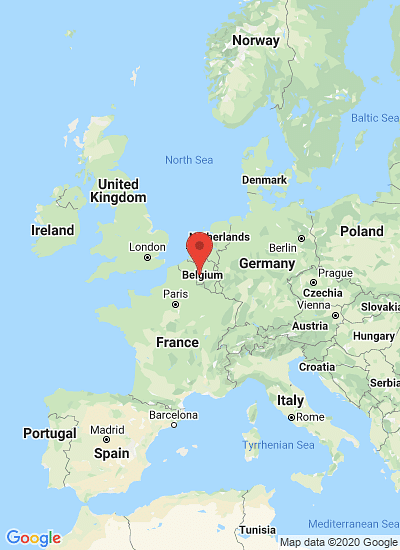Since the humble precursor to modern potato first domesticated in Peru 10,000 years ago, the tuber has branched off into thousands of different varieties. (Courtesy: Cultivate Michigan)
Blending potato varieties on the rise
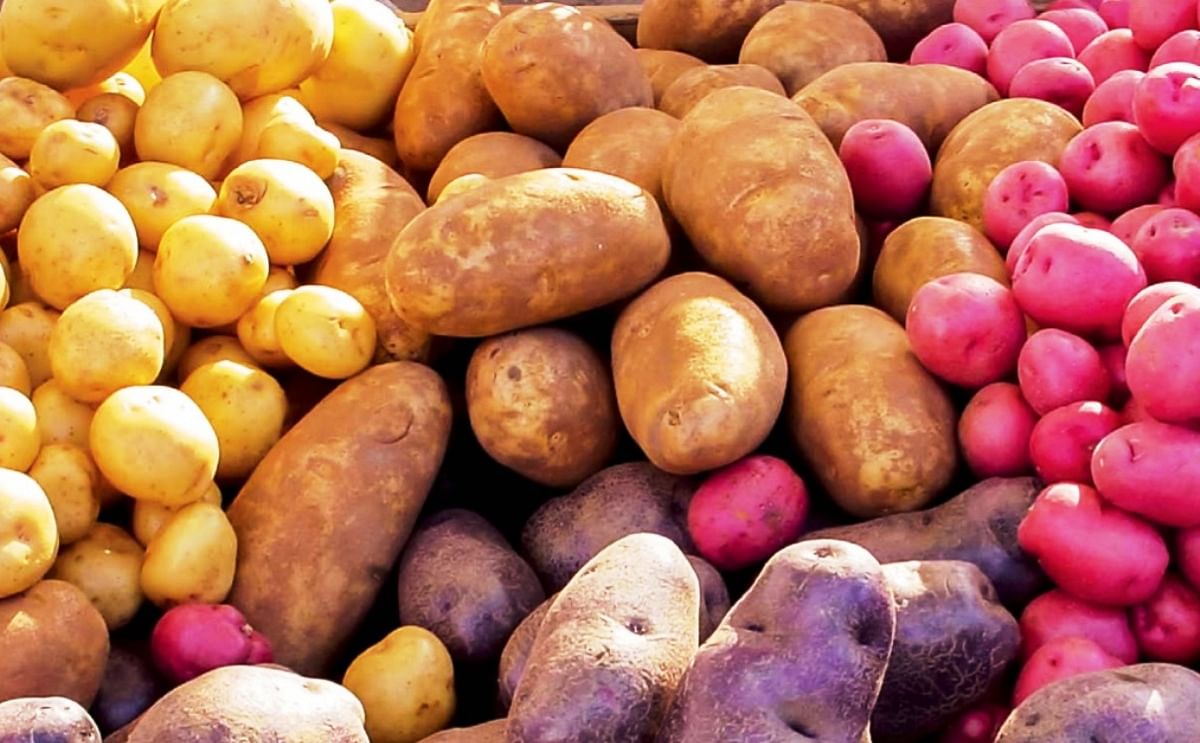
Since the humble precursor to modern potato first domesticated in Peru 10,000 years ago, the tuber has branched off into thousands of different varietals.
Far from being selectively exclusive, different potato cultivars are often combined during the food manufacturing process to get speciality mixes for unique potato derived products. Getting the blending right not only determines the look of the end product, but can impact both the texture, taste and durability.
The anatomy of a potato
Choosing the right potato category as a raw material for your food process is very important as it impacts the end product. Anatomically, potatoes fall into three primary categories
Starchy
A unique attribute of these potatoes, as the name suggests, is their exceptionally high starch content and lack of moisture. Naturally fluffy, these types of potatoes are great for frying, baking and boiling.
Waxy
Waxy potatoes tend to be moist and firm, containing a relatively low starch content. As they don’t crumble easily, they are well suited for boiling, casseroles and potato salads.
All-purpose
All-purpose potatoes are a hybrid of the first two categories, with a medium starch content. Their versatile nature makes them easily utilized across a wide array of cooking and food manufacturing applications.
Additionally, there are hundreds of geographically-specific potato varieties that are available for both consumption and food processing. Each potato variety has a variation in starch, sugar and water content and they also vary in terms of length, width and shape.
This means that the processing line needs to manage a more complex set of variables to ensure that waste is minimal, and the end product quality is high, while minimizing production costs.
Combining potato varieties in food production
The combining of potato cultivars does not always follow the rule of like-for-like. Blending completely different types of potatoes before they enter the food processing machine is often necessary to get an end product that is specific in both its taste and look.
In Belgium, with its rich tradition of Belgian fries, creamy mashed potatoes and croquettes, potato blending has become standard in the potato processing industries, to derive unique products that are in line with market demands.
Common varietals like Bintje are often combined with Asterix, Fontane, Innovator and Agria varieties, depending what the end product is going to be..
In the UK, combining red skin potatoes with the likes of Asterix and Fontane is not uncommon. These combinations can be made for specific unified end products or for individual quick-freezing purposes.
Processing a range of potato varieties in the processing line brings with it challenges to ensure that the blend is consistent, and the processing efficiency is as high as possible. Whichever types of potatoes you chose, be sure to keep the end user in mind, and what their preferences are when it comes to their pallet, look and texture.
Potato sorting equipment and processing in a nutshell
Not all potato sorting and processing machines are built the same. Choosing the right type for your requirements will determine what raw materials can be inputted and what the end product will look like. Input flexibility is particularly important when different potato varieties are being combined to get a specific end product.
As a good starting point, the food processing machine needs to perform the pregrading of all the input potatoes. Pregrading the potatoes based on defect level, skin color, shape and quality will enable the processors to include only raw material to the line that matches the desired blend and quality for that process. This can be achieved through optical sorting, which makes sure that the processed products are consistent.
Following the presort, potatoes enter the peeling stage. Smart steam peelers will automatically adjust the steam times and batch weights. The line throughput and volume flow are managed at this point, to achieve the desired volume of the finished product. Using optimum batch sizes and steam times allows for the peel loss or peel waste to be as low as possible.
The next step is the whole product inspection, where the quality of the potato that is to be processed is reviewed. With the use of an in-air inspection method, the entire potato is examined. The sorter not only examines the quality of the potatoes but provides valuable insight that can guide the upstream and downstream equipment setup.
Running the product through a sorter after peeling is another important step to ensure safer food by removing any foreign materials, such as wood, stones, plastics and glass, before they have the chance to be contained in the downstream equipment. The sorting solution provides a wide range of inspection frequencies and each is used to determine the type of foreign material and ensure its safe removal.
Ultimately, the potatoes are migrated to the cutting stage where they are cut to the desired specifications. Many lines today use pulsed electric field (PEF) equipment to improve the cut quality and to deliver a smoother surface of the product.
The variation in the blend could have a variation in surface texture and that is why the PEF equipment has become adopted in most potato production processes.
After this, the potatoes are packaged and distributed to retailers.
End-product results of blending
The resulting potato-based food product is either sort-to-spec (an intelligence system that continuously and in real-time adapts the sort settings of its machines in order to obtain maximum product quality) or sort-to-grade (a dynamic production tool that collects product data in real-time from the continuous product flow and analyses the data in real-time to improve the sorter’s decision making).
Basic seasoning may be added to enhance the flavors that naturally exist in the potato, but what remains unique is the blend.
Marco Hal, Chef of the Hope in Glasgow:
“We all love chips. As long as you have a nice potato to start with and you cook them right, you can’t go wrong.”This encapsulates the nature of one of the most versatile vegetables known to man. Using the right type of potato for the right desired output will guarantee you get what you’re looking for.
Modern food processing machinery makes that process even simpler, by automating the production and allowing for different types of potatoes to be used within the same process.
¿Te gustaría recibir noticias como esta por correo electrónico? ¡Únete y suscríbete!
Get the latest potato industry news straight to your WhatsApp. Join the PotatoPro WhatsApp Community!
Empresa Destacada
Variedades de papa mencionadas
Contenido Patrocinado
Contenido Patrocinado
Contenido Patrocinado
Contenido Patrocinado

